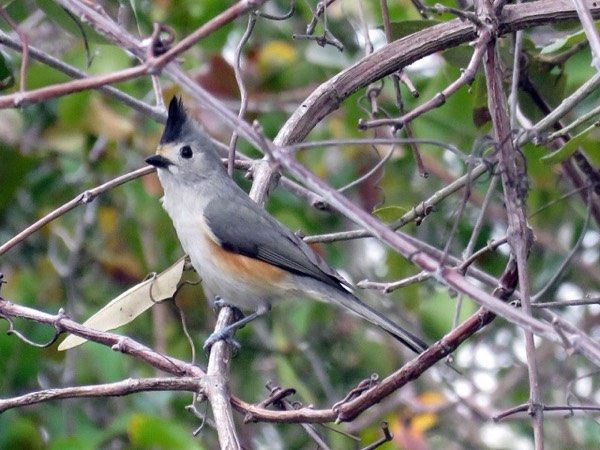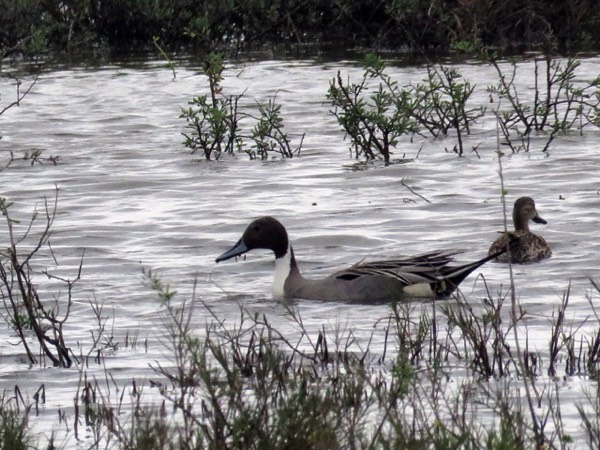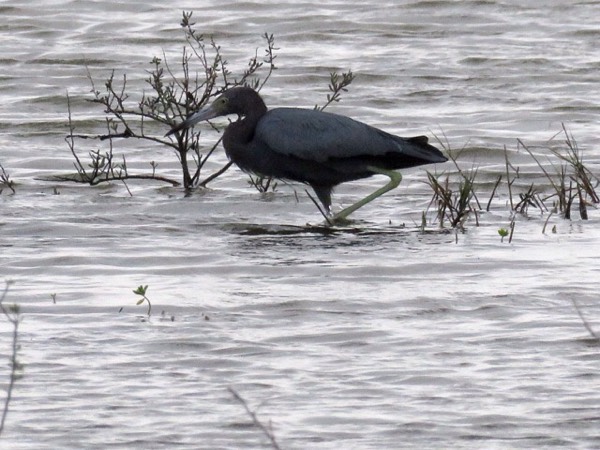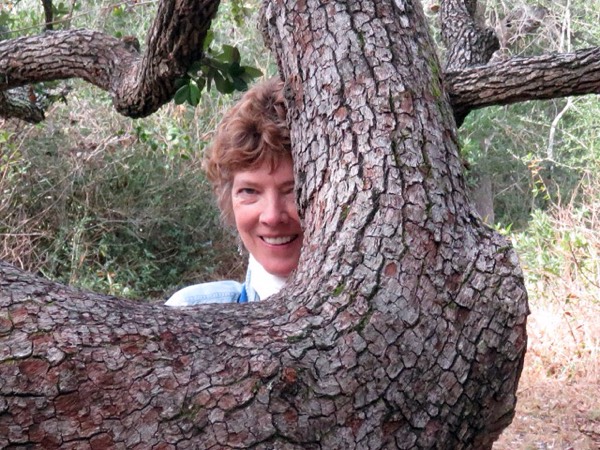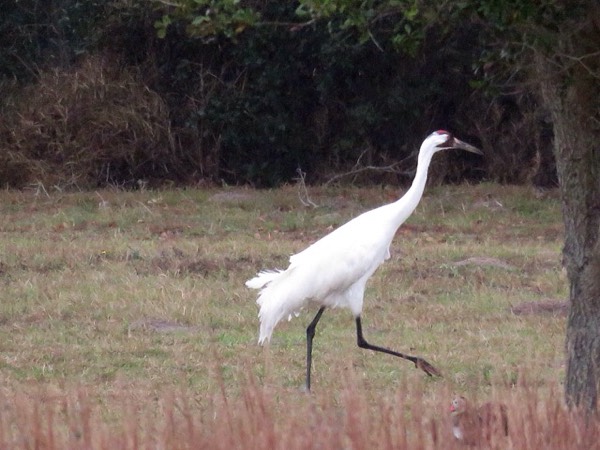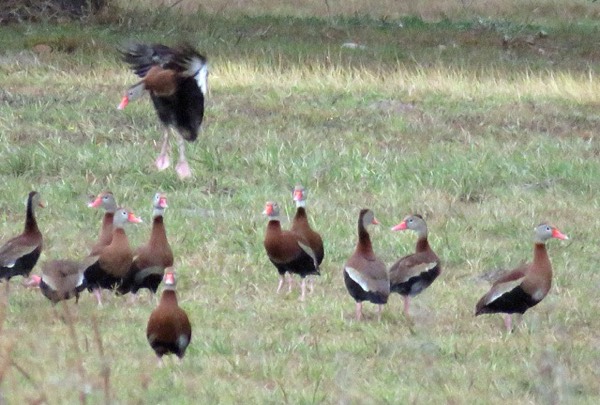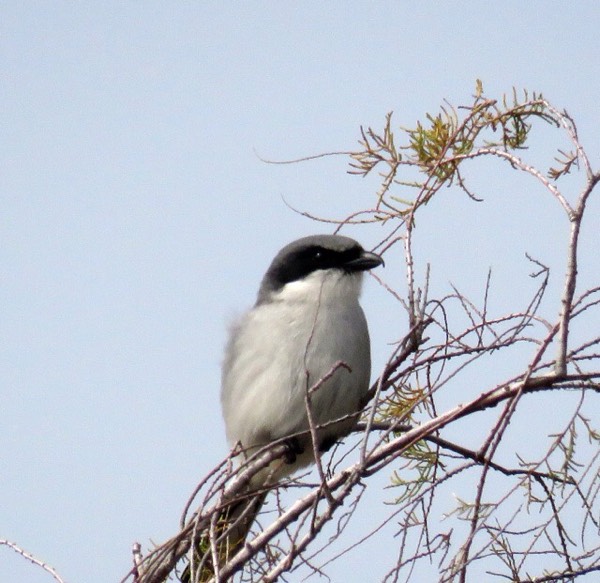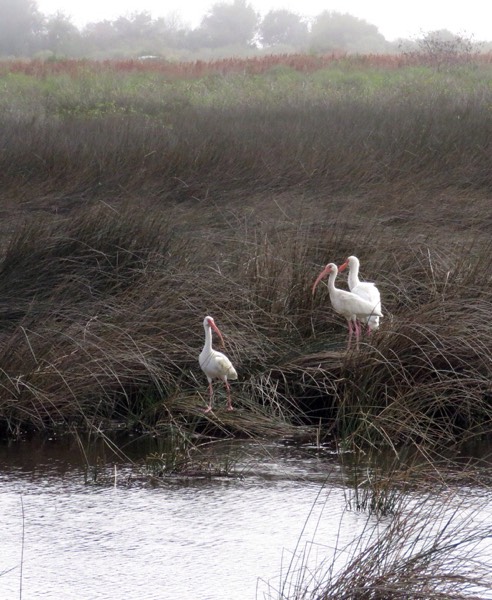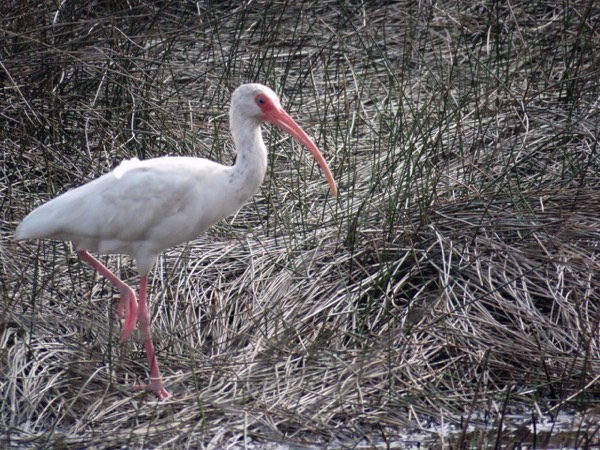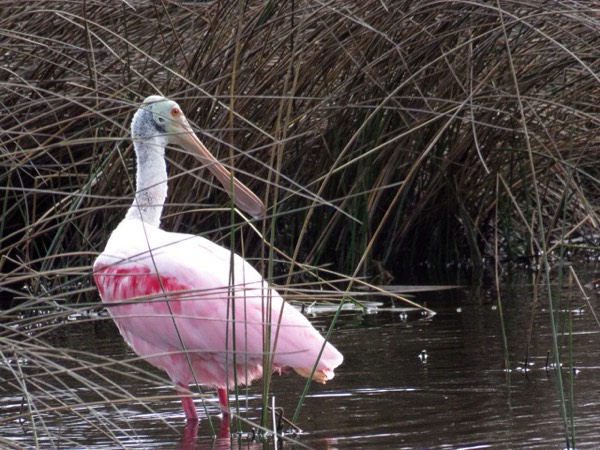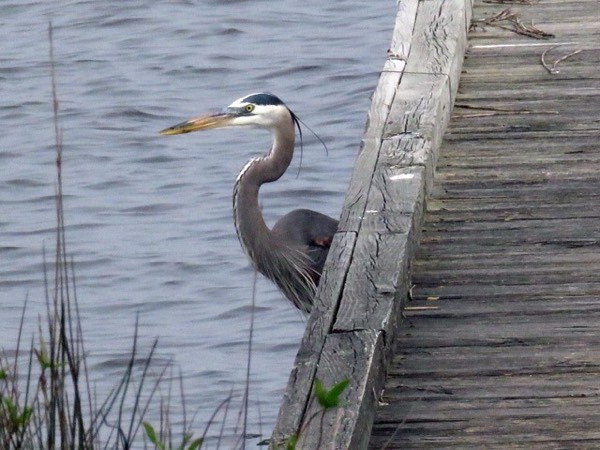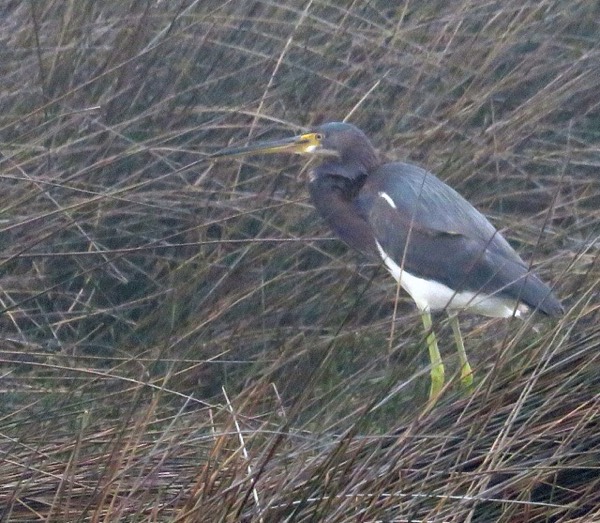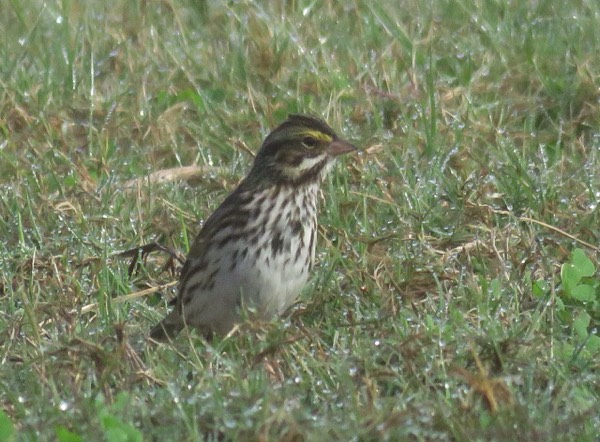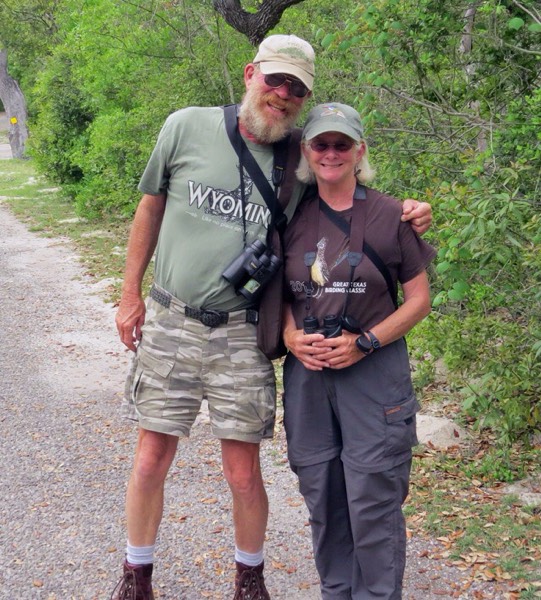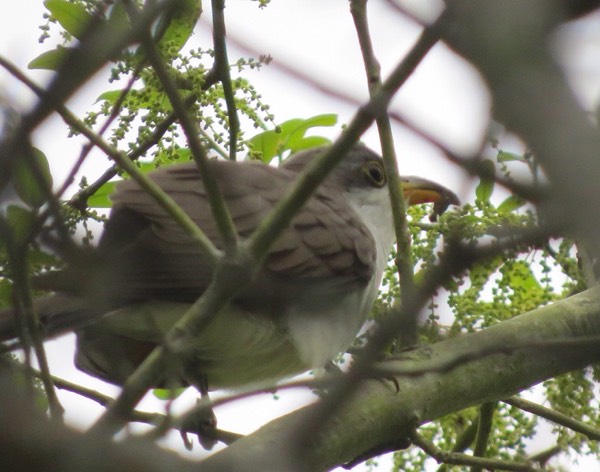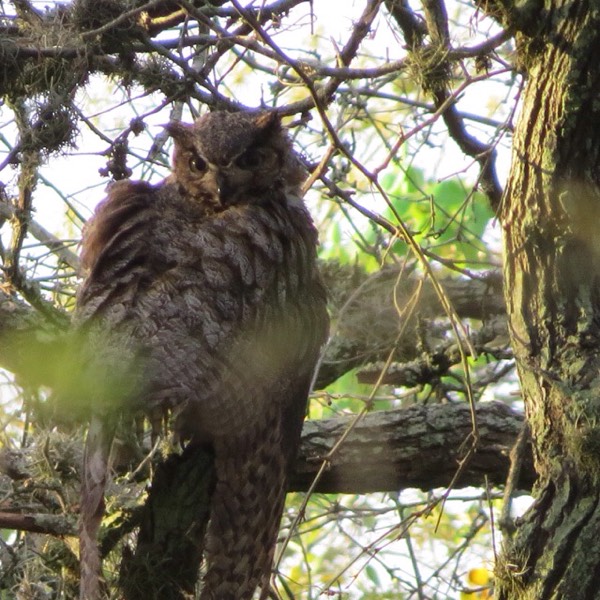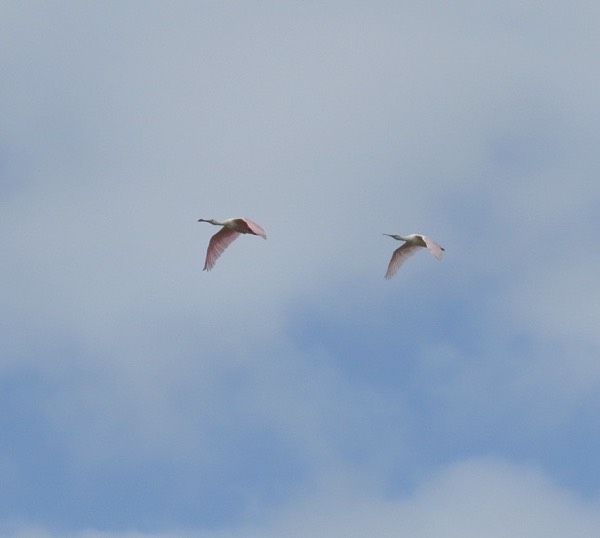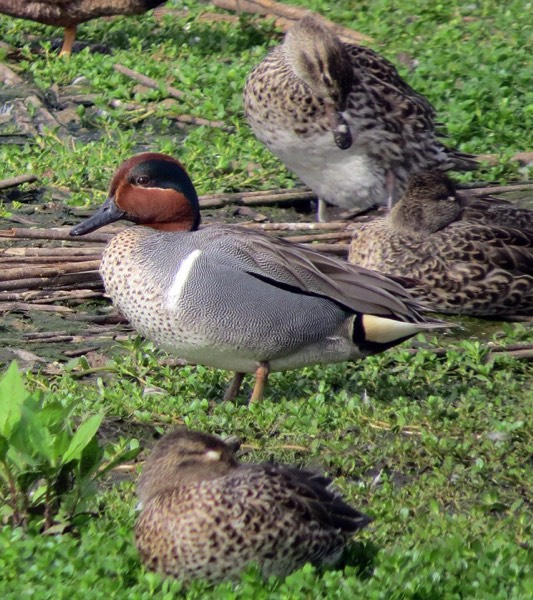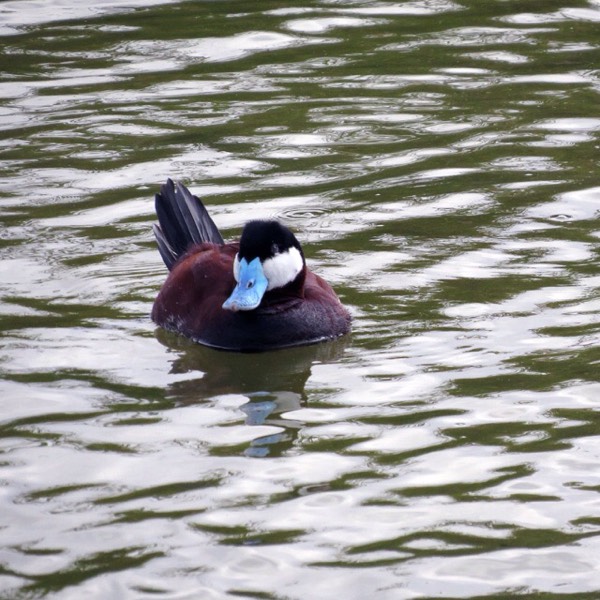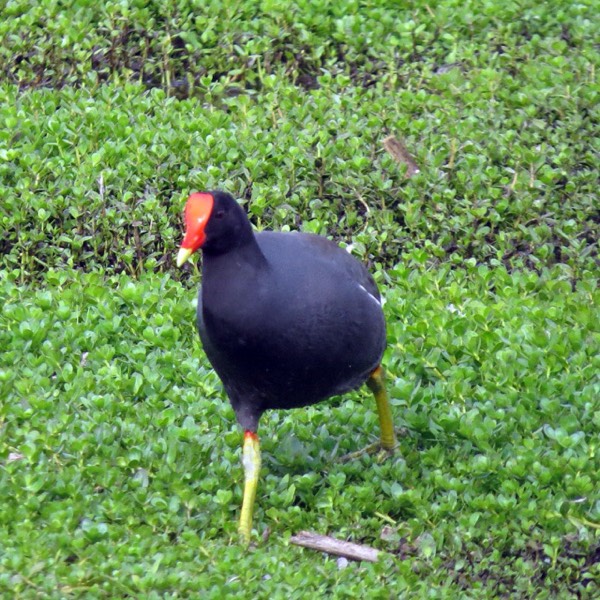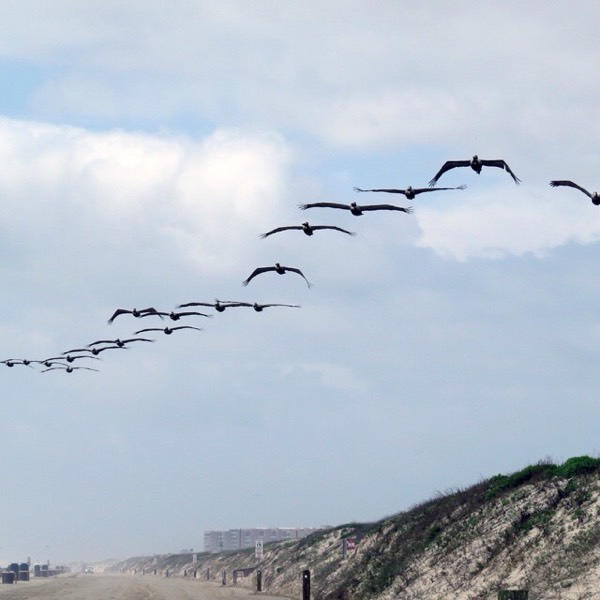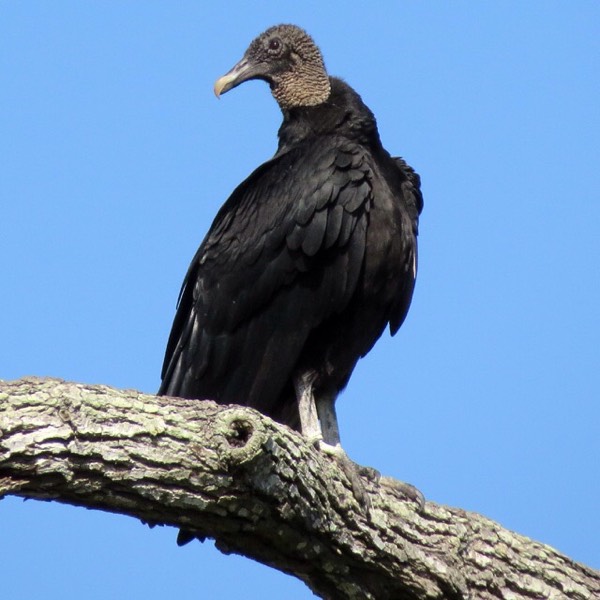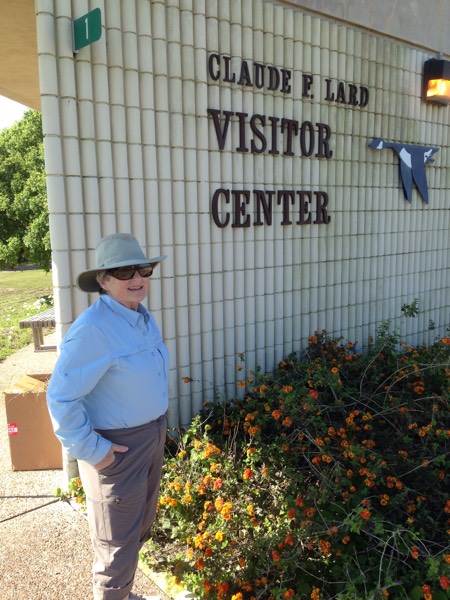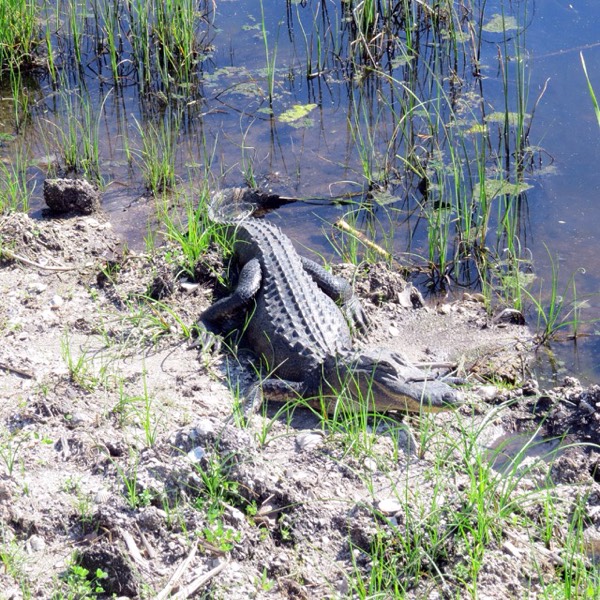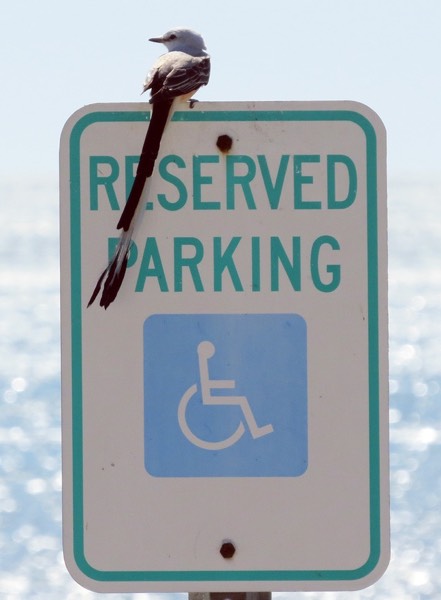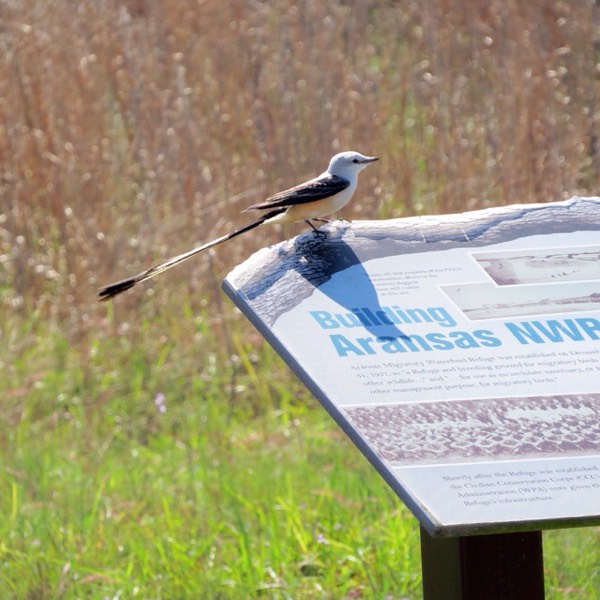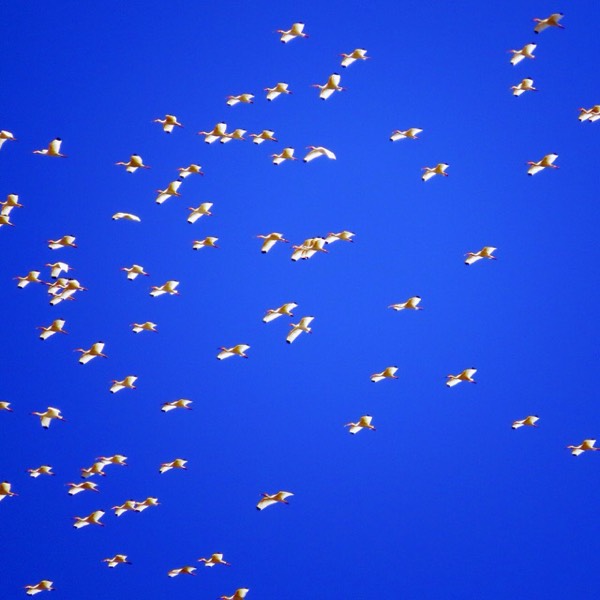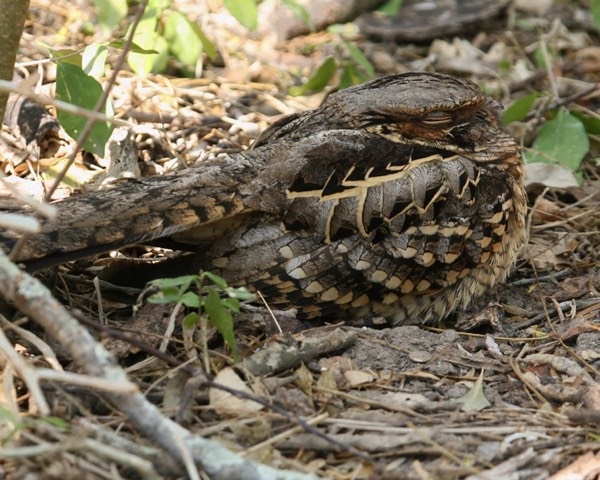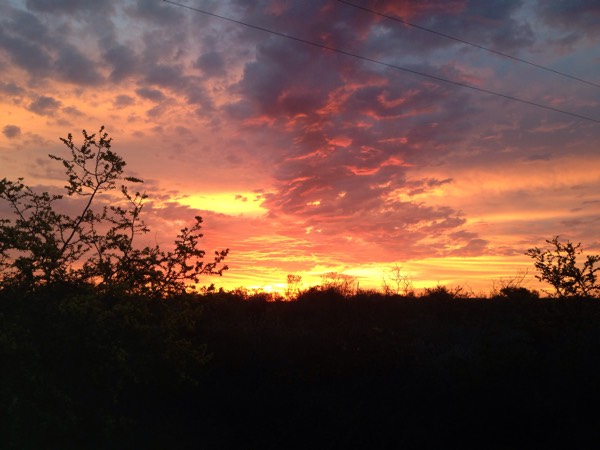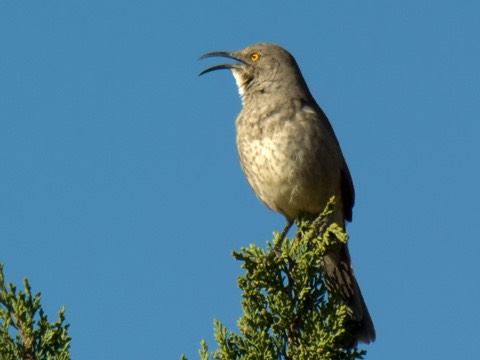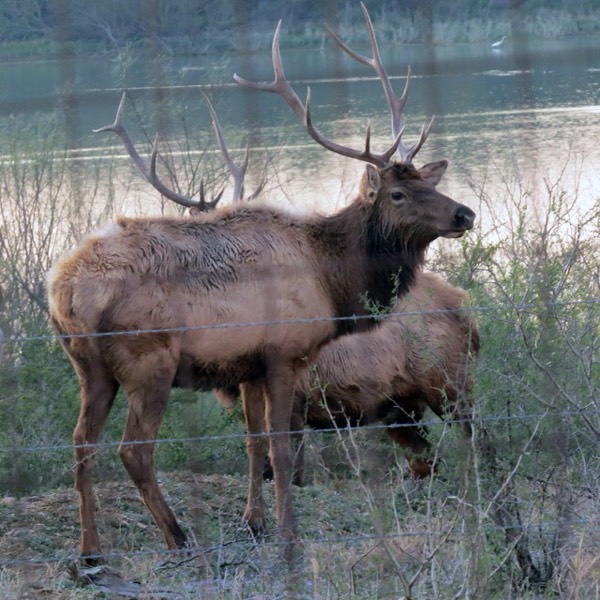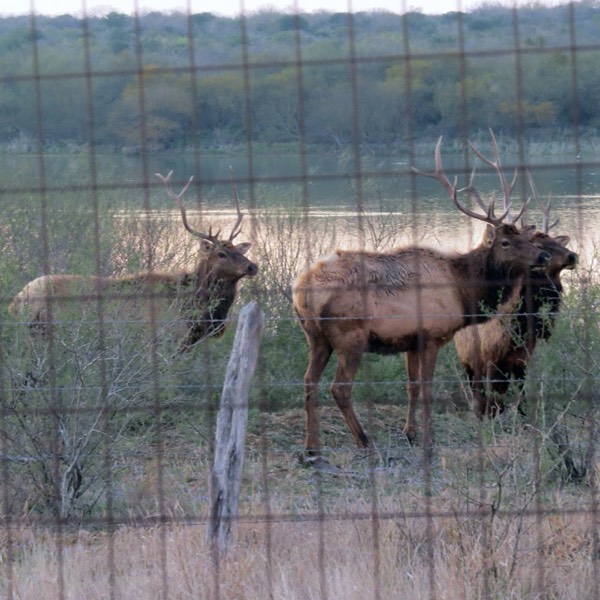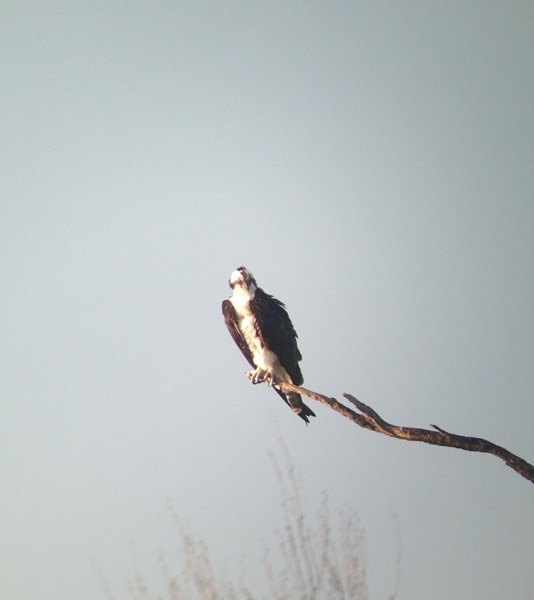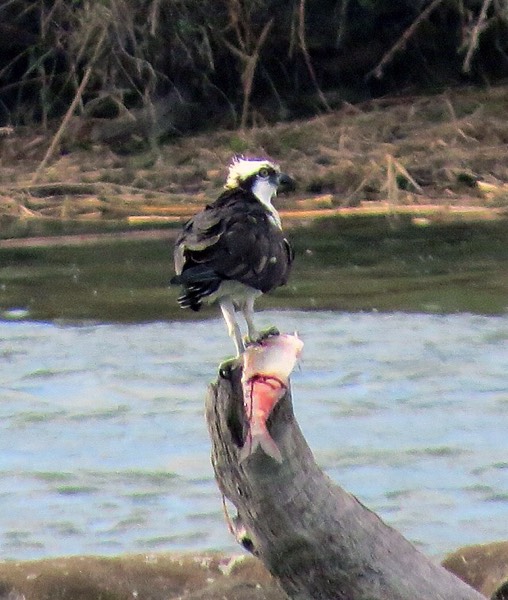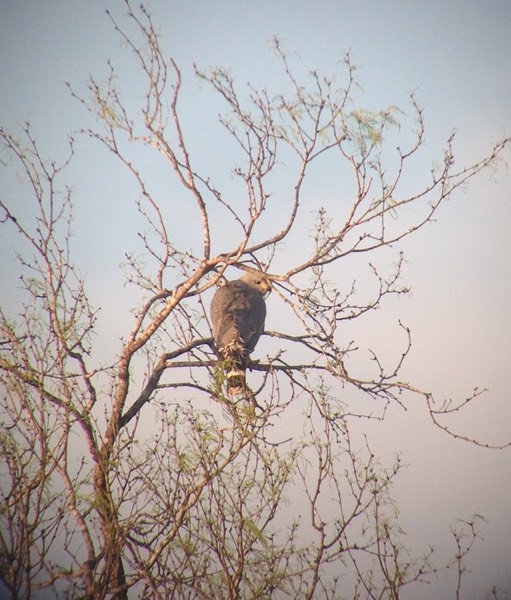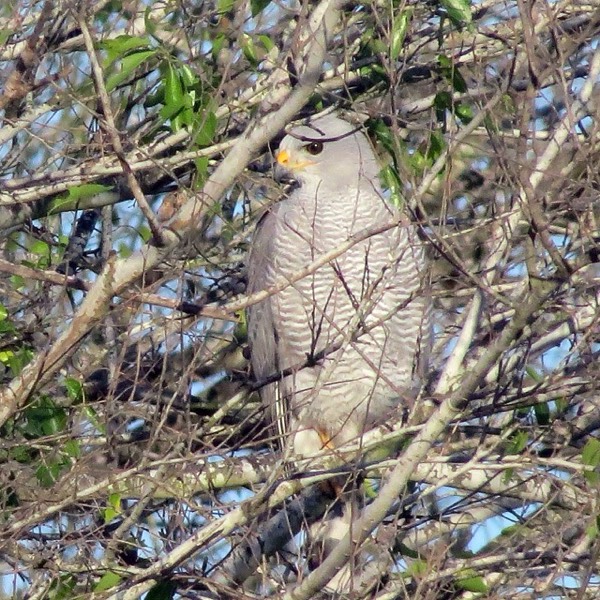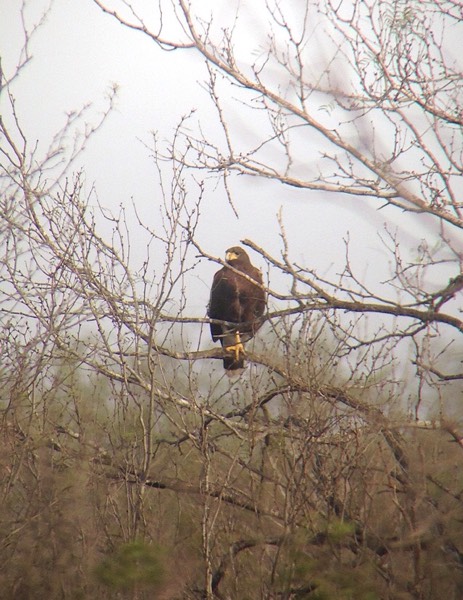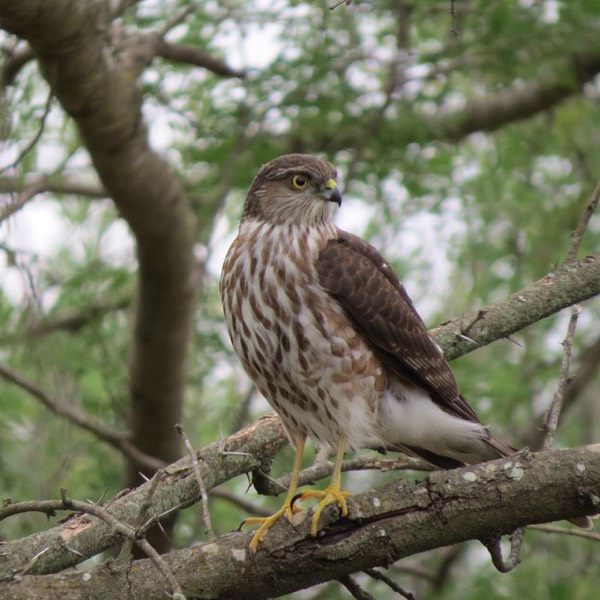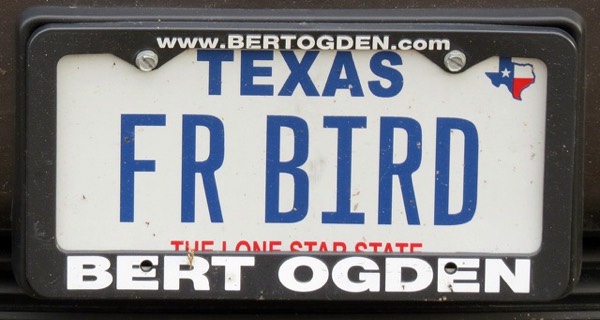While my Vermont friends are waiting for the “konk-a-ree” of the Red-winged Blackbird as a sign of spring, we are overwhelmed by them. We’ve been feeding birds on our site and if you put out a suet feeder, there’s a dollar a day fix for them. Same with peanut butter, oranges, and seeds. We get 50 or more, as well as their buddies the Brown-headed Cowbirds, as soon as feeders are loaded and we think, “Isn’t it time you folks shoved off?”
One thing you do in Texas is to scan blackbird flocks for the stray Yellow-headed Blackbird. I’ve been doing that for years with no luck, until yesterday.
The previous night a birder friend asked me whether I had seen the Yellow-headed that she and several others had spotted that day. So, armed with seed and goodies, I loaded up our feeders early yesterday morning. Soon, a hundred blackbirds, with a few brave doves and quail, were at it – all flying off when something spooked them, and returning en masse. Nothing but black and brown as I watched from the Airstream window.
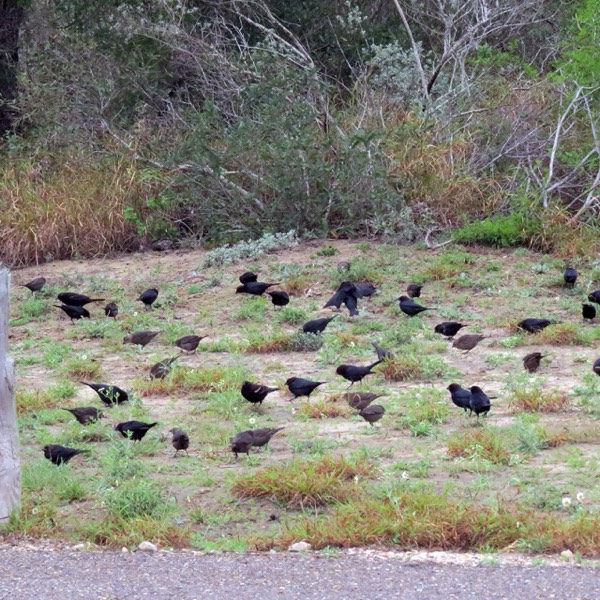
After an hour, I decided to double-down and throw even more seeds on the ground since the early crowd had cleaned things up. As I put the feed back in the truck, I noticed about 50 blackbirds on the power lines across from our unit. I scanned them with the binos- black, black, black, etc. Half flew off and another group arrived. I looked them over and right on top of the pole, Bingo. I got a good look and snuck back into the trailer for my camera, capturing a long-range shot in the mist, before the bird departed. Life bird #419!
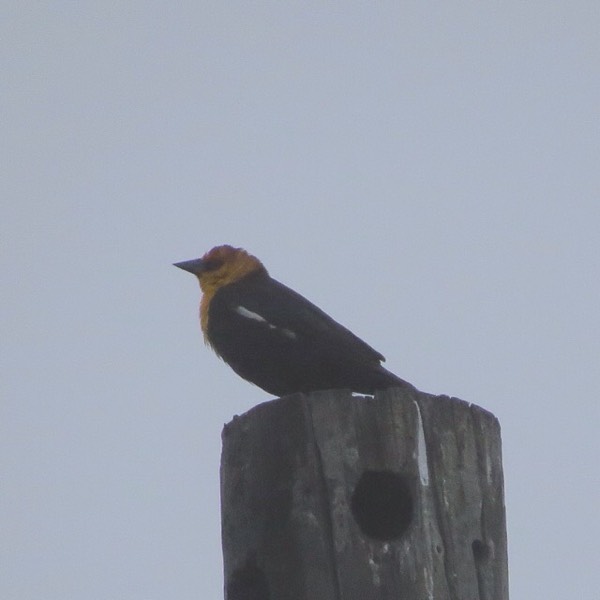
We went off for a few groceries and computer time with wifi and bought a bag of oranges from a roadside stand. I cut up one of the oranges and put it on the tree since the blackbirds seem to leave the citrus alone. The GreenJays, Orange-crowned Warblers, and Golden-fronted Woodpeckers feast on them. We grabbed a quick post-lunch nap as the weather continued to be cool and misty.
Mary woke me up to “Dick, there’s a bird on the tree I don’t recognize.” I grabbed my binoculars, saw an oriole, grabbed my camera and squeezed off a few shots through the trailer window.
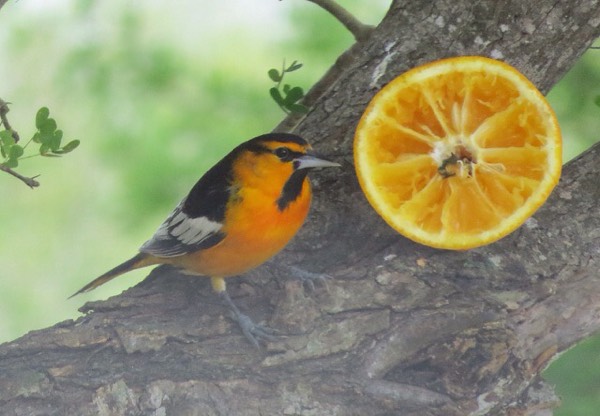
It flew off and as I tried to look at the images, it returned and I hurriedly took a few more. Then it departed and we got out the bird book. We eliminated the big three (Altimira, Hooded, & Audobon’s) but when we came to Bullock’s, we had it nailed. Dark lores, dark eyeline, white patch on wing – check, check, check. In reviewing the images, I noted a band on this guy’s right leg – it would be interesting to know when and where that took place.
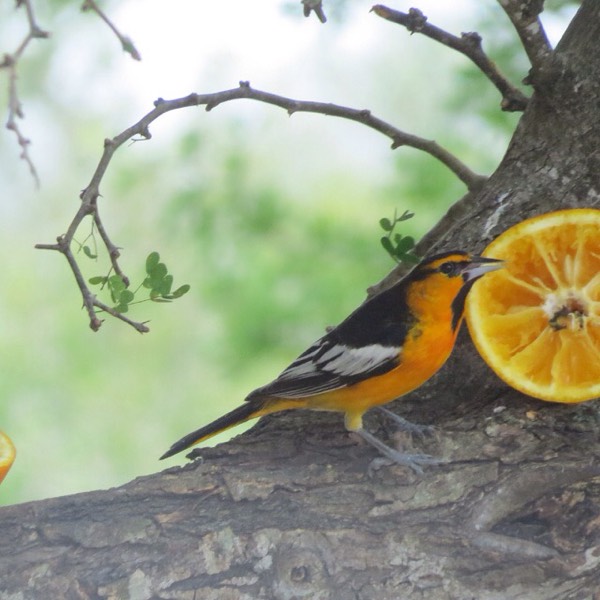
The Bullock’s Oriole is rather unusual here but we got it – a good team effort. Life bird #420. A drizzly Texas day turned into a two life bird day- you just never know. Hasta luego, mi amigos.
